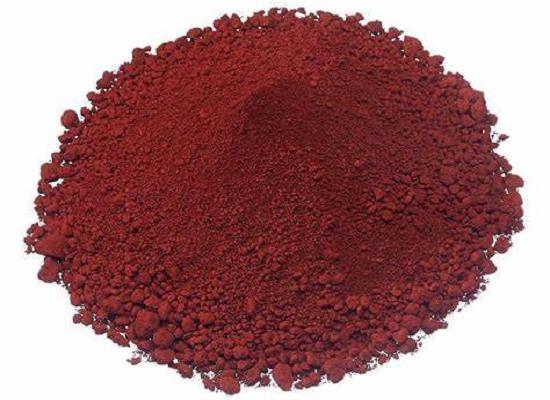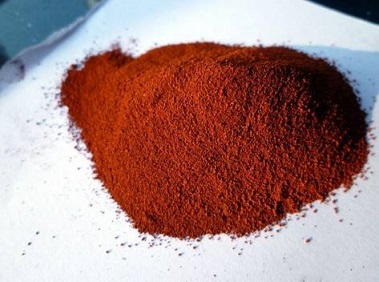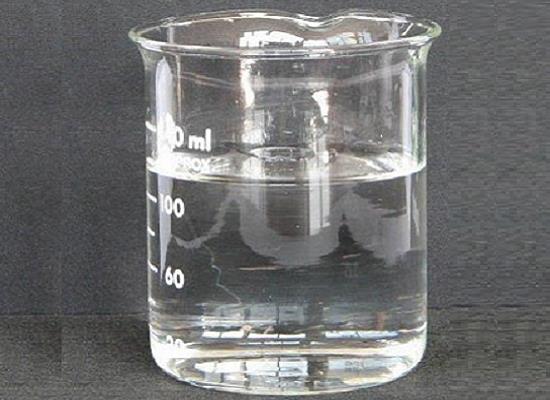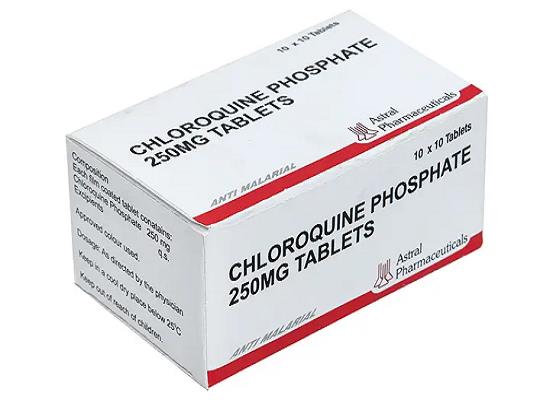Magnetic iron oxide nanoparticles: synthesis and biomedical applications
General Description
Dendrimer-based magnetic iron oxide nanoparticles have gained attention for their unique properties. Various methods can be used to prepare them with appropriate surface modifications. Dendrimers, with their 3D architecture and tunable functionalities, serve as a powerful nanoplatform. Recent advancements highlight their applications in biomedical fields, such as magnetic resonance imaging and drug/gene delivery. These dendrimer-based magnetic iron oxide nanoparticles show promise in enhancing diagnostics, targeted therapy, and biomolecular interactions in the medical field.

Figure 1. iron oxide
Synthesis
Dendrimer-based magnetic iron oxide nanoparticles can be synthesized using different strategies (Figure 2): (1) dendrimer-stabilized magnetic iron oxide nanoparticles nanoparticles (DSNPs), whereby dendrimers are used as stabilizers to surround or protect the magnetic iron oxide nanoparticles nanoparticles, and the magnetic iron oxide nanoparticles nanoparticles are formed in situ; (2) dendrimer-assembled magnetic iron oxide nanoparticles nanoparticles (DANPs), where functionalized dendrimers are assembled onto the surface of preformed magnetic iron oxide nanoparticles nanoparticles via specific physical or chemical interactions; (3) dendrimer-entrapped magnetic iron oxide nanoparticles nanoparticles (DENPs), in which the dendrimers are used as templates to synthesize magnetic iron oxide nanoparticles in situ; (4) MIO NP-cored dendrimers, whereby the dendrimers grow from the MIO NP cores via a step-wise divergent synthesis approach; and (5) dendron-assembled magnetic iron oxide nanoparticles, where dendrons are assembled or grafted onto the preformed magnetic iron oxide nanoparticles. Although both DSNPs and dendrimer-entrapped magnetic iron oxide nanoparticles are formed in situ, their structures and formation methods differ. In DSNPs, each MIO NP is surrounded by multiple dendrimer molecules; by contrast, in DENPs, each MIO NP or multiple magnetic iron oxide nanoparticles are entrapped within each single dendrimer molecule. To generate DSNPs, the nucleation rate to form the magnetic iron oxide nanoparticles must be sufficiently slow to allow the growth of magnetic iron oxide nanoparticles with a size larger than that of the dendrimers. By contrast, DENPs are synthesized by the fast nucleation of the magnetic iron oxide nanoparticles and, hence, the formed magnetic iron oxide nanoparticles are sufficiently small so that each NP or multiple NPs can be entrapped within each dendrimer. 1
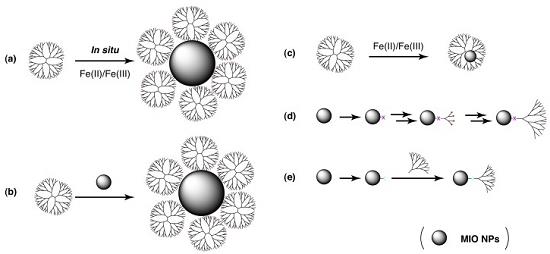
Figure 2. Schematic illustration of the formation of dendrimer-based magnetic iron oxide nanoparticles
Biomedical applications
Magnetic resonance imaging
Magnetic resonance imaging is a powerful, noninvasive imaging technique for disease diagnosis. Iron oxide NPs have been widely used as magnetic resonance contrast agents because they can decrease the T2 (spin–spin) relaxation time of water protons, resulting in the enhancement of the imaging contrast and sensitivity. For in vivo magnetic resonance imaging applications, dendrimer-modified magnetic iron oxide nanoparticles have been explored to prolong the half-life of the agents in the circulation, and to improve their efficiency for the detection and diagnosis, for instance, of solid tumors. In this context, multifunctional dendrimer-based magnetic iron oxide nanoparticles can be efficiently used as contrast agents for magnetic resonance imaging applications. 2
Drug delivery
Another promising application of dendrimer-based magnetic iron oxide nanoparticles is as drug carriers for the site-specific delivery of drugs. On the one hand, dendrimers have abundant functional groups on their surface, are nanoscale in size, and have internal cavities, which are ideal for drug delivery applications; on the other hand, the magnetic properties of dendrimer-based magnetic iron oxide nanoparticles enable them to target and track the tumor sites under an external magnetic field or through surface-linked targeting ligands. In recent years, several dendrimer-based magnetic iron oxide nanoparticles have been built up for drug delivery. 3
Gene delivery
For gene delivery applications, a system is required that can overcome several obstacles, including rapid DNA degradation by exonuclease or endonuclease and poor intracellular uptake of the targeted DNA. Although dendrimers have been widely used as nonviral vectors for gene delivery a few studies have examined the use of dendrimer-based magnetic iron oxide nanoparticles for gene delivery applications. The major advantages to using dendrimer-based magnetic iron oxide nanoparticles for gene delivery applications lie in the fact that, with the incorporation of magnetic iron oxide nanoparticles, the dendrimers could have more binding sites with DNA per dendrimer molecule, thereby enhancing their DNA compaction ability. Likewise, the sensing or imaging functionality of the gene delivery system because of the contribution of the magnetic iron oxide nanoparticles can be simultaneously realized. 4
Reference
1. Shen M, Shi X. Dendrimer-based
organic/inorganic hybrid nanoparticles in biomedical applications.
Nanoscale, 2010, 2(9):1596-1610.
2. Sun W, Mignani S, Shen M, Shi X. Dendrimer-based magnetic iron oxide nanoparticles: their synthesis and biomedical applications. Drug Discov Today, 2016, 21(12):1873-1885.
3. Chang Y, Meng X, Zhao Y, et al. Novel water-soluble and pH-responsive anticancer drug nanocarriers: doxorubicin-PAMAM dendrimer conjugates attached to superparamagnetic iron oxide nanoparticles (IONPs). J Colloid Interface Sci, 2011, 363(1):403-409.
4. Xiao T, Cao X, Hou W, Peng C, Qiu J, Shi X. Poly(amidoamine) Dendrimers Modified with 1,2-Epoxyhexane or 1,2-Epoxydodecane for Enhanced Gene Delivery Applications. J Nanosci Nanotechnol, 2015, 15(12):10134-10140.
Related articles And Qustion
See also
Lastest Price from Iron oxide manufacturers

US $1.00/g2025-06-02
- CAS:
- 1332-37-2
- Min. Order:
- 1g
- Purity:
- 0.99
- Supply Ability:
- 20 tons

US $25.00/ASSAYS2025-04-21
- CAS:
- 1332-37-2
- Min. Order:
- 100ASSAYS
- Purity:
- 99.5%
- Supply Ability:
- 100 mt

